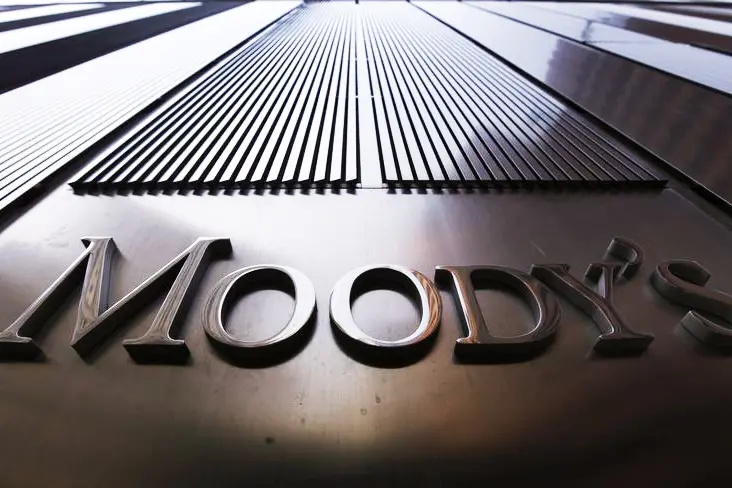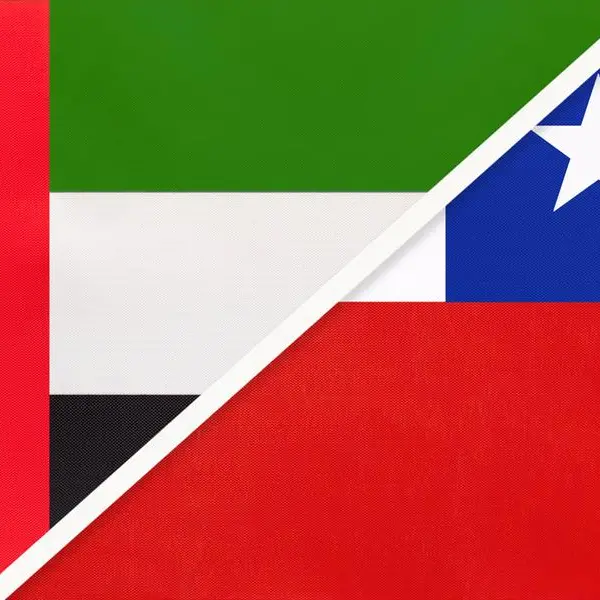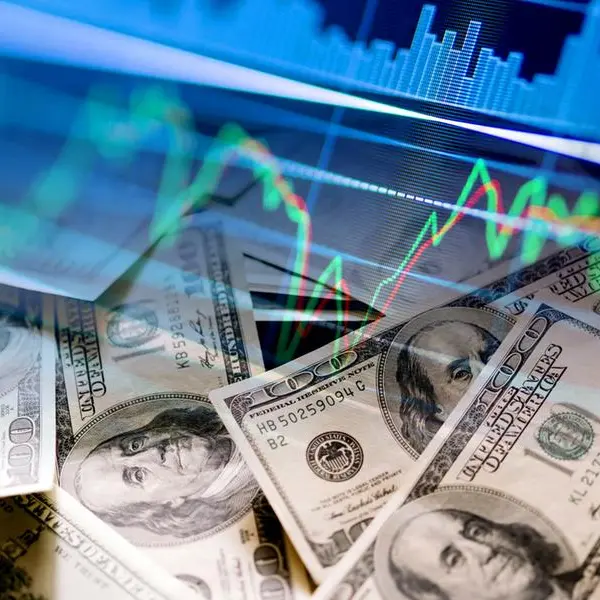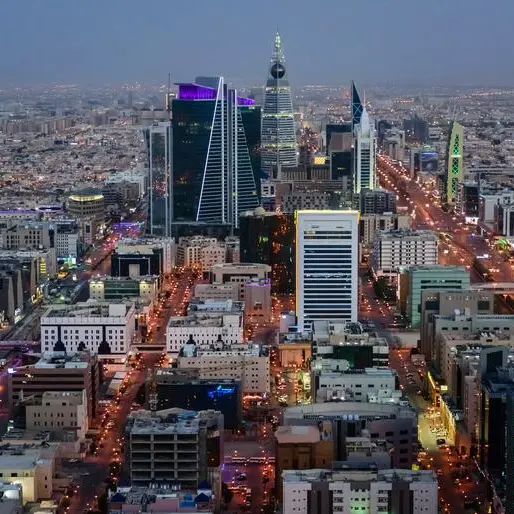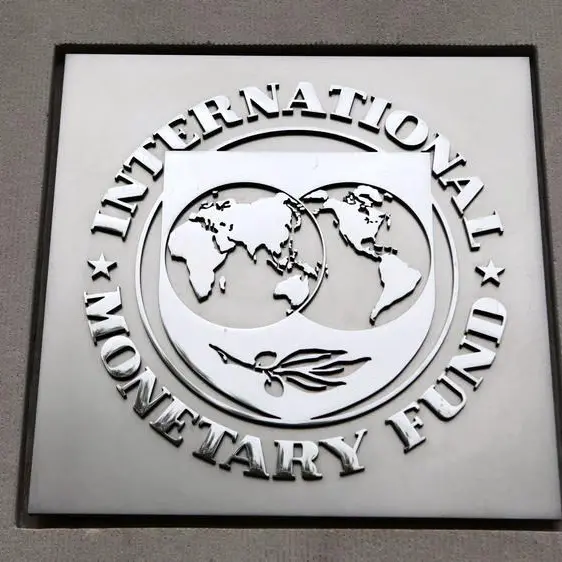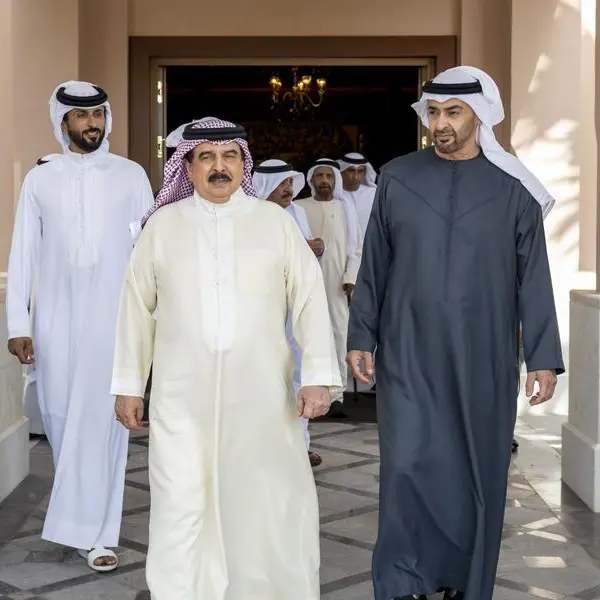PHOTO
Mumbai/Bengaluru - Moody’s Investors Service upgraded India’s sovereign credit rating for the first time in nearly 14 years on Friday, saying continued progress on economic and institutional reforms would boost the country’s growth potential.
The agency said it was lifting India’s rating to Baa2 from Baa3 and changed its rating outlook to stable from positive as risks to India’s credit profile were broadly balanced.
The upgrade, Moody’s first of India since January 2004, moves the rating to the second-lowest investment grade, one notch higher than Standard & Poor’s and Fitch, which have kept India just above “junk” status for a decade and more.
The decision by Moody’s is a plaudit for Prime Minister Narendra Modi’s government and the reforms it has pushed through, and comes just weeks after the World Bank moved India up 30 places in its annual ease of doing business rankings.
Indian stocks, bonds and the rupee rallied.
“It seems like Santa Claus has already opened his bag of goodies,” said Lakshmi Iyer, head of fixed income at Kotak Mutual Fund.
“The (ratings) move is overall positive for bonds which were caught in a negative spiral. This is a structural positive which would lead to easing in yields across tenors.”
India had lobbied Moody’s hard for an upgrade last year, but failed. The agency cited doubts about the country’s debt levels and fragile banks, and declined to budge despite government criticism of its rating methodology.
Finance Minister Arun Jaitley told reporters the upgrade was a “belated recognition” of the steps the government has taken to fix India’s $2 trillion economy.
Modi’s top colleagues portrayed it as a further victory for the prime minister after U.S.-based research agency Pew released a survey this week that showed nearly nine out of 10 Indians held a favourable opinion of him.
OTHER UPGRADES DOUBTEDBut some economists said the other big rating agencies were unlikely to follow suit soon.
Radhika Rao, an economist at DBS, said implementation of reforms, a subdued rural sector and weak investment had slowed growth while rising oil prices have raised risks to the economy.
“We don’t think the other two global rating agencies, Fitch and S&P, will follow up in a hurry, based on their cautious rhetoric,” she said, noting their concerns on “weak” state and central government finances.
A Moody's sign on the 7 World Trade Center tower is photographed in New York August 2, 2011. REUTERS/Mike Segar/FilesJaitley said the government will stick to the path of fiscal consolidation. It is targeting a fiscal deficit of 3.2 percent of gross domestic product for the year ending in March 2018, falling to 3 percent in 2018/19.
“We will maintain the fiscal discipline,” he said, expressing confidence that existing policies will let India “glide” to a stronger financial position.
Moody’s separately raised the ratings of top Indian lender State Bank of India and HDFC Bank as well as state-run energy firms NTPC, NHPC and GAIL India Limited and the National Highways Authority of India, potentially lowering their borrowing costs.
MARKETS SURGEIndia’s benchmark 10-year bond yield fell to as low as 6.94 percent before ending at 7.05 percent while the rupee ended at 65.02 per dollar, stronger from 65.3250 at Thursday’s close. The main Mumbai stock index closed 0.67 percent higher.
India's Prime Minister Narendra Modi participates in the opening session of the 15th ASEAN-India Summit at the Philippine International Convention Center in Manila, Philippines, November 14, 2017 Reuters/Ezra Acayan/PoolBut debt traders said heavy bond supply and a hawkish inflation outlook meant the rally was unlikely to last beyond a few days.
“Who has the guts to continue buying in this market?” said a bond trader at a private bank.
Moody’s said the recently introduced goods and services tax (GST), a landmark reform that turned India’s 29 states into a single customs union for the first time, would boost productivity by removing barriers to inter-state trade.
“The upgrade takes into account the potential impact of the recent good and services tax reform to support growth over time,” Marie Diron, associate managing director, sovereign risk group at Moody’s Investors Service, told Reuters.
She said Moody’s had also accounted for a higher general government deficit, adding: “We think there is a commitment to fiscal consolidation even if there are some slippages in the short-term.”
But some market participants questioned the timing of the upgrade, with one foreign bank dealing describing it as “a little dicey given ... concerns about the government’s fiscal discipline.”
Moody’s said it expects India’s real GDP growth to moderate to 6.7 percent in the fiscal year ending in March 2018 from 7.1 percent a year earlier.
The agency also raised India’s local currency senior unsecured debt rating to Baa2 from Baa3 and its short-term local currency rating to P-2 from P-3.
Moody’s said that while a number of key reforms remain at an early stage, it believes those already implemented will advance the government’s objective of improving the business climate, enhancing productivity and stimulating investment.
“Longer term, India’s growth potential is significantly higher than most other Baa-rated sovereigns,” said Moody‘s.
Additional reporting by Akshay Lodaya in BENGALURU, Abhirup Roy, Swati Bhat and Euan Rocha in MUMBAI and Manoj Kumar, Aditya Kalra and Neha Dasgupta in NEW DELHI; Writing by Euan Rocha and Sanjeev Miglani; Editing by Richard Borsuk and Catherine Evans
© Reuters News 2017
The agency said it was lifting India’s rating to Baa2 from Baa3 and changed its rating outlook to stable from positive as risks to India’s credit profile were broadly balanced.
The upgrade, Moody’s first of India since January 2004, moves the rating to the second-lowest investment grade, one notch higher than Standard & Poor’s and Fitch, which have kept India just above “junk” status for a decade and more.
The decision by Moody’s is a plaudit for Prime Minister Narendra Modi’s government and the reforms it has pushed through, and comes just weeks after the World Bank moved India up 30 places in its annual ease of doing business rankings.
Indian stocks, bonds and the rupee rallied.
“It seems like Santa Claus has already opened his bag of goodies,” said Lakshmi Iyer, head of fixed income at Kotak Mutual Fund.
“The (ratings) move is overall positive for bonds which were caught in a negative spiral. This is a structural positive which would lead to easing in yields across tenors.”
India had lobbied Moody’s hard for an upgrade last year, but failed. The agency cited doubts about the country’s debt levels and fragile banks, and declined to budge despite government criticism of its rating methodology.
Finance Minister Arun Jaitley told reporters the upgrade was a “belated recognition” of the steps the government has taken to fix India’s $2 trillion economy.
Modi’s top colleagues portrayed it as a further victory for the prime minister after U.S.-based research agency Pew released a survey this week that showed nearly nine out of 10 Indians held a favourable opinion of him.
OTHER UPGRADES DOUBTEDBut some economists said the other big rating agencies were unlikely to follow suit soon.
Radhika Rao, an economist at DBS, said implementation of reforms, a subdued rural sector and weak investment had slowed growth while rising oil prices have raised risks to the economy.
“We don’t think the other two global rating agencies, Fitch and S&P, will follow up in a hurry, based on their cautious rhetoric,” she said, noting their concerns on “weak” state and central government finances.
A Moody's sign on the 7 World Trade Center tower is photographed in New York August 2, 2011. REUTERS/Mike Segar/FilesJaitley said the government will stick to the path of fiscal consolidation. It is targeting a fiscal deficit of 3.2 percent of gross domestic product for the year ending in March 2018, falling to 3 percent in 2018/19.
“We will maintain the fiscal discipline,” he said, expressing confidence that existing policies will let India “glide” to a stronger financial position.
Moody’s separately raised the ratings of top Indian lender State Bank of India and HDFC Bank as well as state-run energy firms NTPC, NHPC and GAIL India Limited and the National Highways Authority of India, potentially lowering their borrowing costs.
MARKETS SURGEIndia’s benchmark 10-year bond yield fell to as low as 6.94 percent before ending at 7.05 percent while the rupee ended at 65.02 per dollar, stronger from 65.3250 at Thursday’s close. The main Mumbai stock index closed 0.67 percent higher.
India's Prime Minister Narendra Modi participates in the opening session of the 15th ASEAN-India Summit at the Philippine International Convention Center in Manila, Philippines, November 14, 2017 Reuters/Ezra Acayan/PoolBut debt traders said heavy bond supply and a hawkish inflation outlook meant the rally was unlikely to last beyond a few days.
“Who has the guts to continue buying in this market?” said a bond trader at a private bank.
Moody’s said the recently introduced goods and services tax (GST), a landmark reform that turned India’s 29 states into a single customs union for the first time, would boost productivity by removing barriers to inter-state trade.
“The upgrade takes into account the potential impact of the recent good and services tax reform to support growth over time,” Marie Diron, associate managing director, sovereign risk group at Moody’s Investors Service, told Reuters.
She said Moody’s had also accounted for a higher general government deficit, adding: “We think there is a commitment to fiscal consolidation even if there are some slippages in the short-term.”
But some market participants questioned the timing of the upgrade, with one foreign bank dealing describing it as “a little dicey given ... concerns about the government’s fiscal discipline.”
Moody’s said it expects India’s real GDP growth to moderate to 6.7 percent in the fiscal year ending in March 2018 from 7.1 percent a year earlier.
The agency also raised India’s local currency senior unsecured debt rating to Baa2 from Baa3 and its short-term local currency rating to P-2 from P-3.
Moody’s said that while a number of key reforms remain at an early stage, it believes those already implemented will advance the government’s objective of improving the business climate, enhancing productivity and stimulating investment.
“Longer term, India’s growth potential is significantly higher than most other Baa-rated sovereigns,” said Moody‘s.
Additional reporting by Akshay Lodaya in BENGALURU, Abhirup Roy, Swati Bhat and Euan Rocha in MUMBAI and Manoj Kumar, Aditya Kalra and Neha Dasgupta in NEW DELHI; Writing by Euan Rocha and Sanjeev Miglani; Editing by Richard Borsuk and Catherine Evans
© Reuters News 2017
